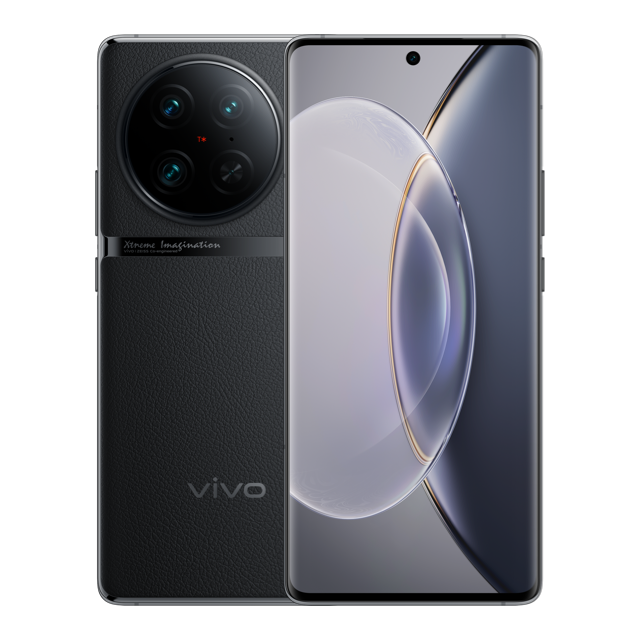To say that 5G cellular technology providers have their work cut out for them is an understatement. Tech enthusiasts and bloggers are expecting so much from this upgrade that in the event that it fails to deliver, it would prove to be a major source of disappointment for all.
Let us start from the very basics, shall we? 5G or 5th generation technology is the fifth upgrade in cellular technology. The 2nd gave us text messages, the 3rdgave us internet browsing, and the 4thgave us a faster network that can stream video content without lag. 5G will provide us an upgraded version of the 4th, and then some.
In retrospect, many companies that claim to provide a 4G network are actually talking about LTE (Long-Term Evolution) because they do not have the network capability to accommodate an actual 4G connection.
While LTE is a much-debated topic and deserves an article all of its own, the expectations surrounding 5G revolves around LTE as well.
So what are those expectations?
The first expectation is that 5G will finally enable us to utilize the full extent of the Internet of Things (IoT). Add to that are the marketing promises made by Verizon who, in late March of 2019, decided to roll out their version of 5G with the promise of being 10 times faster than the regular LTE connection.
But perhaps the biggest promise made by many people and companies is that 5G will eventually replace fiber cable. Yes, the world is going wireless. Gone will be the days when people could actually differentiate between a Fiber and a Coax cable.
As much as you would like to celebrate this event, you have to understand that 5G is not going to be replacing fiber cables. Why do we think that? There are many factors at play, which we will be discussing soon. However, we must first provide you a clear understanding of why we think that.
5G and IoT applications. Will it work?

With 4G, IoT was not compatible because of the network strength required. As a result, IoT users had to switch to Wi-Fi or broadband, which is usually connected to a fiber connection, or sometimes an Ethernet cable.
The train of thought with 5G is that it would provide such a powerful connection that there would be no need to install a cable in your home.
While that is a possibility and yes, the benefits of having an on-the-go network with you might outweigh the use of cables, which are restricted to a particular locality as you cannot call 5G a direct replacement. It can work well as a complement to it, but you cannot lay your entire chips on 5G.
Don’t take our word for it; take Cloud Street’s, who predicts that while the replacement might be beneficial, it would not mean the end for Fiber cable.
With that out of the way, it is time to look at some other factors that are at play with the whole “5G will replace Fiber” debate.
Broadband Wi-Fi is a lot more secure
When it comes to using torrent software or simply peer-to-peer sharing, broadband connections provide an extensive level of security, which frankly cellular networks fall short of. For businesses, having a secure LAN is important, which again, cannot be provided by cellular networks.
Compatibility issues with other devices
All of us use Wi-Fi powered devices like PCs and smartphones in our daily lives. In the event that 5G does take over, it will mean that the many “Wi-Fi first” settings in cellular phones might be rendered obsolete and we all know how big of a deal that would be.
It would mean that if you are not using a phone that gives preference to cellular data (a new phone presumably), then you would have to work with Wi-Fi, which would be a huge problem in the fast-paced world of 5G networks.
Wi-Fi flexibility
In our daily lives, Wi-Fi is so commonplace that any other alternative would prove problematic. You use it in your offices, at home, in restaurants, and hotels. While traveling, you can even purchase Wi-Fi time.
With cellular networks, the usage revolves around post-paid or pre-paid subscription models. The options might improve with 5G, but at the moment, Wi-Fi is still the better alternative.
The coverage area for Wi-Fi is better

Wi-Fi provides a higher level of flexibility in network coverage than your average cellular connection. In offices and buildings, the availability of Wi-Fi is usually throughout, even counting the ground levels. Cellular connections, on the other hand, do not provide that level of coverage unless the building installs a signal distributor.
A timely investment
Having a signal distributor is beneficial for providing universal network coverage, but the time it takes to install such a service is long.
It is worth noting that by the time 5G is fully functional, the signal distributors will be rendered obsolete by adoption rates. Lastly, there is also the issue with 5G not being functional enough to remove the barriers of interference and channel noise.
Conclusion
If you have reached the end of this article, we would like to make it clear that this article was not intended to bash 5G technology or its fans in any way. We simply just wrote about the facts as they stand.
To be honest, 5G is not all that bad. In providing network connectivity to rural settings, cellular networks have a better chance than fiber. Network companies do not have to invest a lot of money in setting up cable connections if 5G extends its reach in those areas first.
Now, 5G was introduced during the Winter Olympics in Seoul, and in 2019, we have already seen many cities adopt the technology. While being a popular piece of technology, it is also very expensive. Many have predicted that 2020 would be the year that 5G will actually blow up. However, even at that time, only a few will be able to afford it. Until then, it is best to keep your fiber cable intact.


